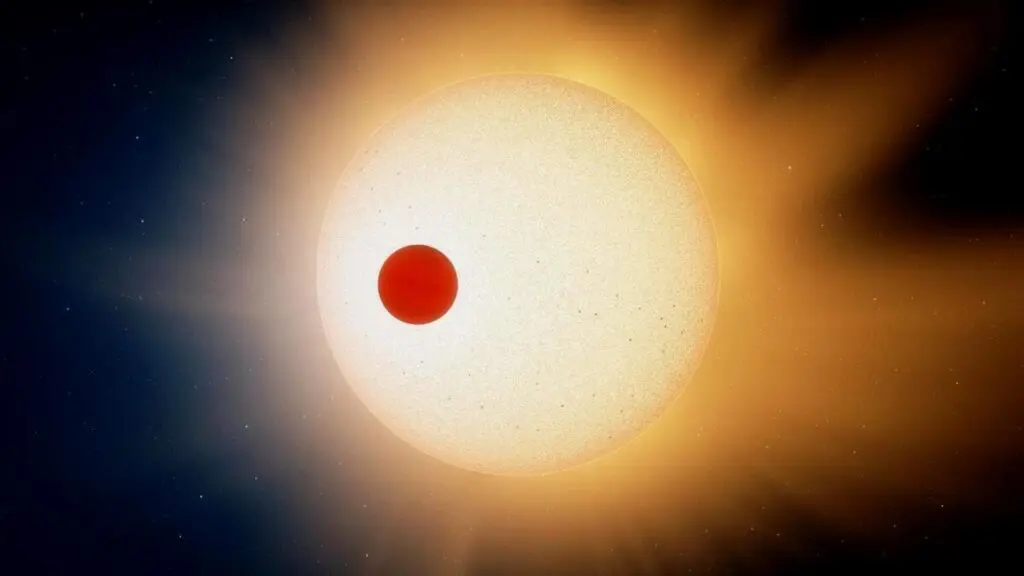
Outside our solar system, orbiting more than 3,000 stars in our galaxy, we have found and are finding a multitude of worlds. Rocky, gaseous, inflated, dark, bright, extremely hot...
Astronomers use various techniques to discover them. The most common is the transit method. When a planet passes in front of its star, it blocks a small portion of its light, creating a measurable dip in the star's brightness. If the planet's orbital plane is aligned with ours, this transit allows us to detect its presence and determine its size and orbit.
Another technique is the radial velocity method. A planet orbiting a star causes a slight movement of the star itself: this movement creates a shift in the star's light, which we can detect with spectrographs. This method helps us measure the mass of the planet.
Then there is astrometry, which measures small variations in the position of stars caused by the gravity of orbiting planets. And gravitational microlensing, which exploits the gravity of a star to accentuate the light of a more distant star and reveal the presence of planets.
Thanks to these methods and advanced technology, we have discovered over 5,000 exoplanets, and we continue to discover new ones almost every day.